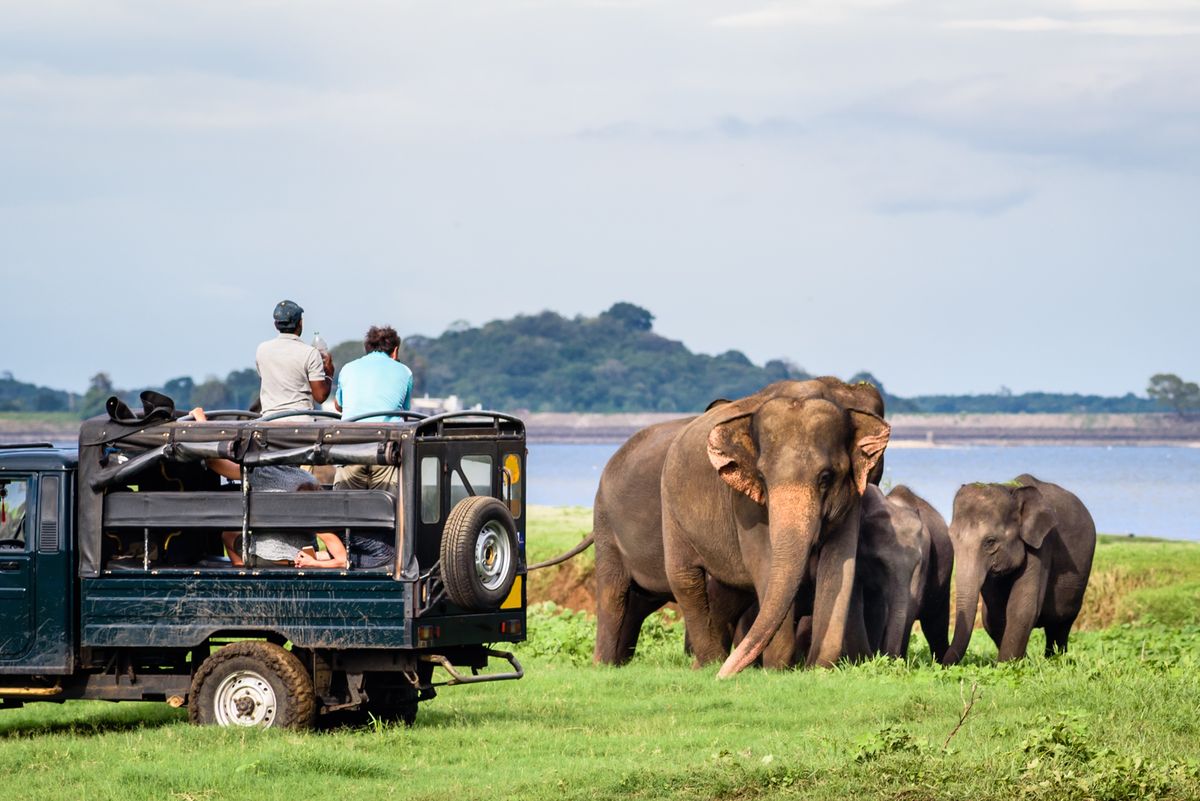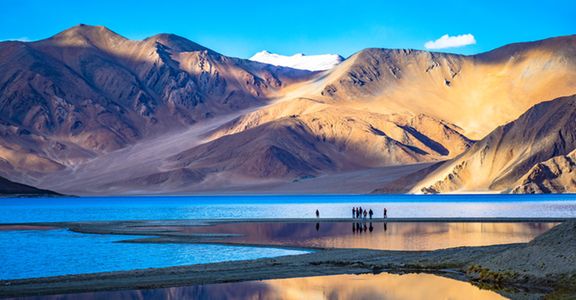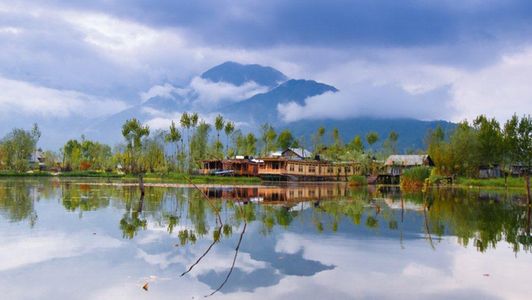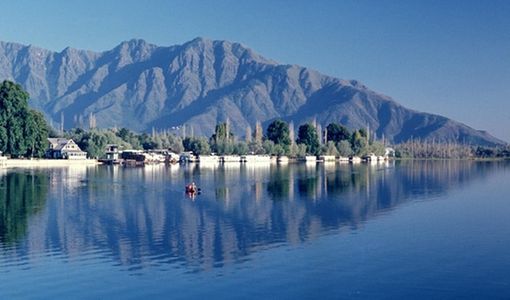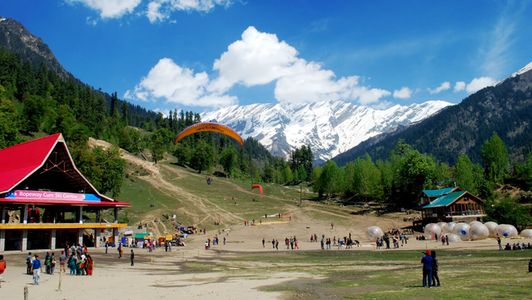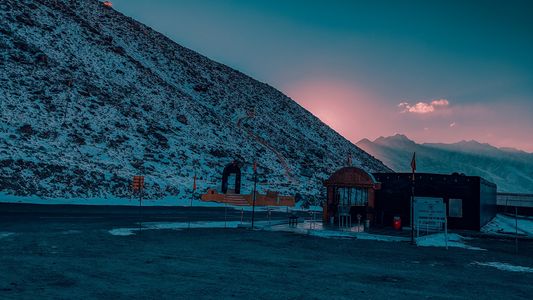
Book & Go Ladakh
Discovering Ladakh: A Himalayan Adventure
Ladakh, a remote region in the Indian state of Jammu and Kashmir, is renowned for its breathtaking landscapes, unique culture, and adventurous activities. Often referred to as the "Land of High Passes," Ladakh offers a truly unforgettable experience for travelers seeking a blend of natural beauty, cultural exploration, and adventure.
A Ladakh tour package can be customized to meet your specific interests and preferences. Whether you're seeking a cultural immersion, a nature adventure, or a relaxing getaway, a tailor-made itinerary can provide a personalized experience.
Key Attractions:
Leh: The capital city, known for its historic monasteries, ancient palaces, and vibrant markets.
Pangong Lake: A stunning high-altitude lake, famous for its changing colors throughout the day.
Khardung La: The highest motorable road in the world, offering panoramic views of the Himalayas.
Nubra Valley: A picturesque valley known for its sand dunes, double-humped Bactrian camels, and ancient monasteries.
Tsomoriri Lake: A high-altitude lake surrounded by mountains, offering stunning views and opportunities for wildlife spotting.
Diskit Monastery: One of the oldest and largest monasteries in Ladakh, offering breathtaking views of the Nubra Valley.
Cultural Experiences:
Ladakhi Culture: Experience the unique culture of Ladakh, with its Tibetan Buddhist influence and traditional handicrafts.
Monasteries: Visit the numerous monasteries of Ladakh, including Thiksey Monastery, Hemis Monastery, and Shey Monastery.
Festivals: Celebrate the colorful festivals of Ladakh, such as the Hemis Tsechu and the Stok Gurub Tsechu.
Adventure Activities:
Trekking: Embark on thrilling treks through the Himalayas, exploring the rugged landscapes and stunning scenery.
Mountain Biking: Explore the challenging mountain trails of Ladakh on a mountain bike.
Camping: Experience the beauty of Ladakh's wilderness by camping in remote locations.
Frequently Asked Questions
Leh & Ladakh (now a Union Territory) is an integral part of India. All foreign nationals require a valid Indian visa to enter. UAE Passport holders: Eligible for the e-Visa. Other nationalities: Eligibility for e-Visa depends on nationality. If not eligible, a regular sticker visa through the Indian Consulate/Embassy in is required. See details under Kerala's visa section. Inner Line Permit (ILP) / Protected Area Permit (PAP): For foreign nationals, a Protected Area Permit (PAP) is generally required to visit certain restricted "Inner Line" areas like Nubra Valley, Pangong Tso, Tso Moriri, and some routes in Kargil/Batalik sectors.
Summer (June to September): The best time to visit Ladakh. Temperatures are pleasant (around 15-25°C), skies are clear, and all roads and passes are generally open. Ideal for sightseeing, trekking, camping, and white-water rafting. This is the peak tourist season. Autumn (September to October): A beautiful transition from summer to winter. Temperatures are cooler (6-21°C), landscapes turn golden with changing leaves, and there are fewer crowds. Good for trekking and stargazing. Winter (November to February): Very cold (temperatures below 0°C), with heavy snowfall. Roads like Manali-Leh Highway and Srinagar-Leh Highway usually close. Ideal for the Chadar Trek (frozen Zanskar River trek) and experiencing snow-covered landscapes and traditional Ladakhi winter life. Limited tourist infrastructure. Spring (March to May): Nature starts to awaken, with blossoming apricot and almond trees
Leh City: Leh Palace: A 17th-century former royal palace offering panoramic views of Leh. Shanti Stupa: A white-domed Buddhist stupa providing stunning views of the surrounding mountains and Leh city. Thiksey Monastery: A grand Tibetan Buddhist monastery resembling the Potala Palace in Lhasa. Magnetic Hill: An optical illusion where vehicles appear to move uphill against gravity. Gurudwara Pathar Sahib: A revered Sikh pilgrimage site. Nubra Valley: A high-altitude cold desert with dramatic landscapes, sand dunes, and double-humped Bactrian camels. Khardung La Pass (one of the world's highest motorable passes) is on the way. Pangong Tso Lake: A mesmerizing high-altitude lake known for its ever-changing shades of blue, partly in India and partly in China. Tso Moriri Lake: Another stunning high-altitude lake, less touristy than Pangong Tso, offering pristine beauty and birdwatching opportunities. Hemis Monastery: The largest and richest Buddhist monastery in Ladakh, famous for its annual Hemis Festival. Zanskar Valley: A remote and rugged valley known for its challenging treks, ancient monasteries, and stunning landscapes. Popular for the Chadar Trek in winter. Lamayuru Monastery: An ancient monastery often called "Moonland" due to its unique lunar-like landscape.
Leh & Ladakh is generally considered very safe for tourists, with a peaceful environment and welcoming locals. Altitude Sickness (Acute Mountain Sickness - AMS): This is the main concern. Proper acclimatization is crucial. Spend your first 1-2 days in Leh doing minimal activity to adjust to the high altitude. Consult your doctor before travel. Road Safety: Roads can be challenging, especially mountain passes. Ensure you travel with experienced drivers and in well-maintained vehicles. Roads can be closed due to snow or landslides, particularly in shoulder seasons. Permit Zones: Be aware of the Protected Area Permit (PAP) requirements for certain areas. Always carry multiple copies of your permit and identification.
The Indian Rupee (INR) is the local currency


